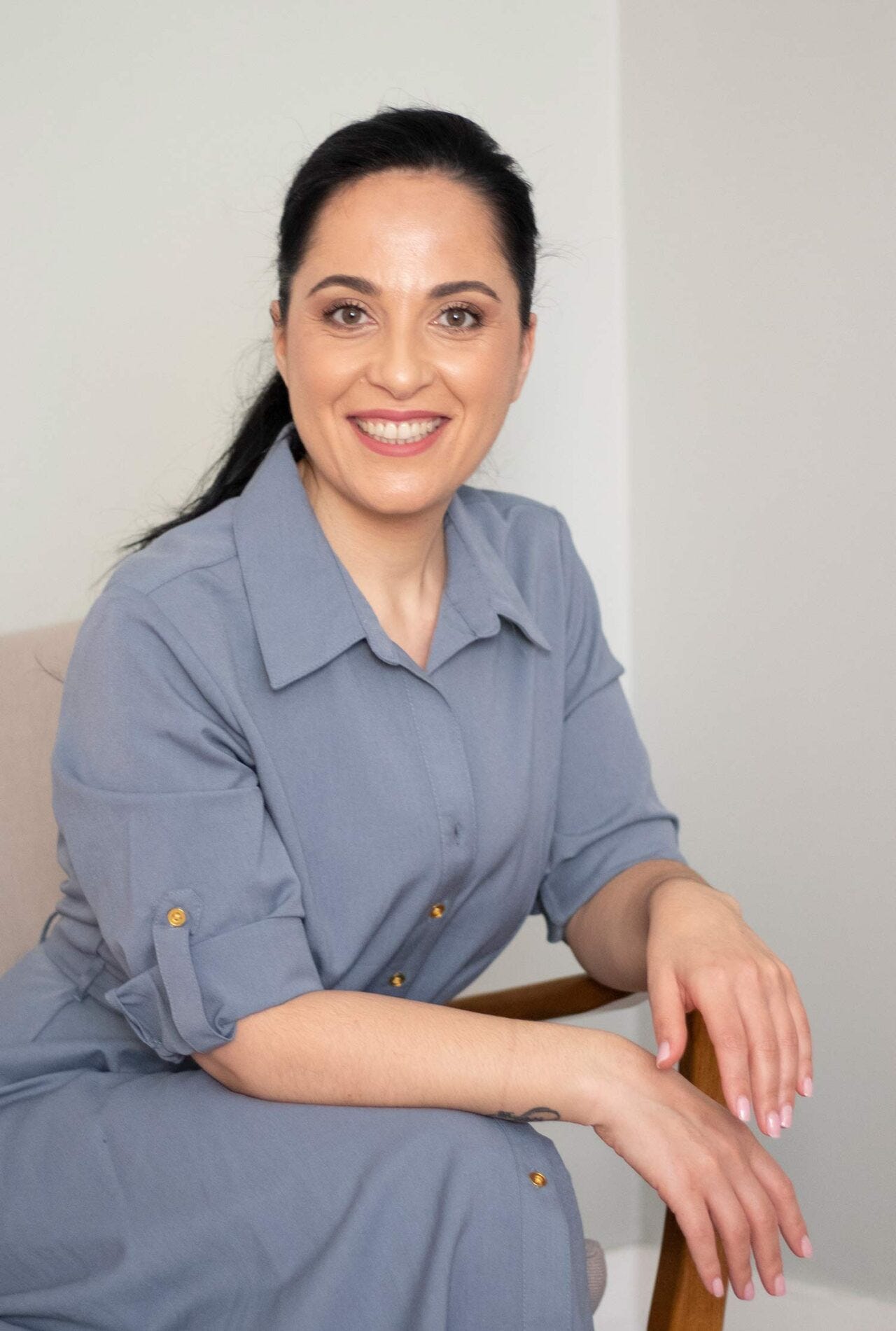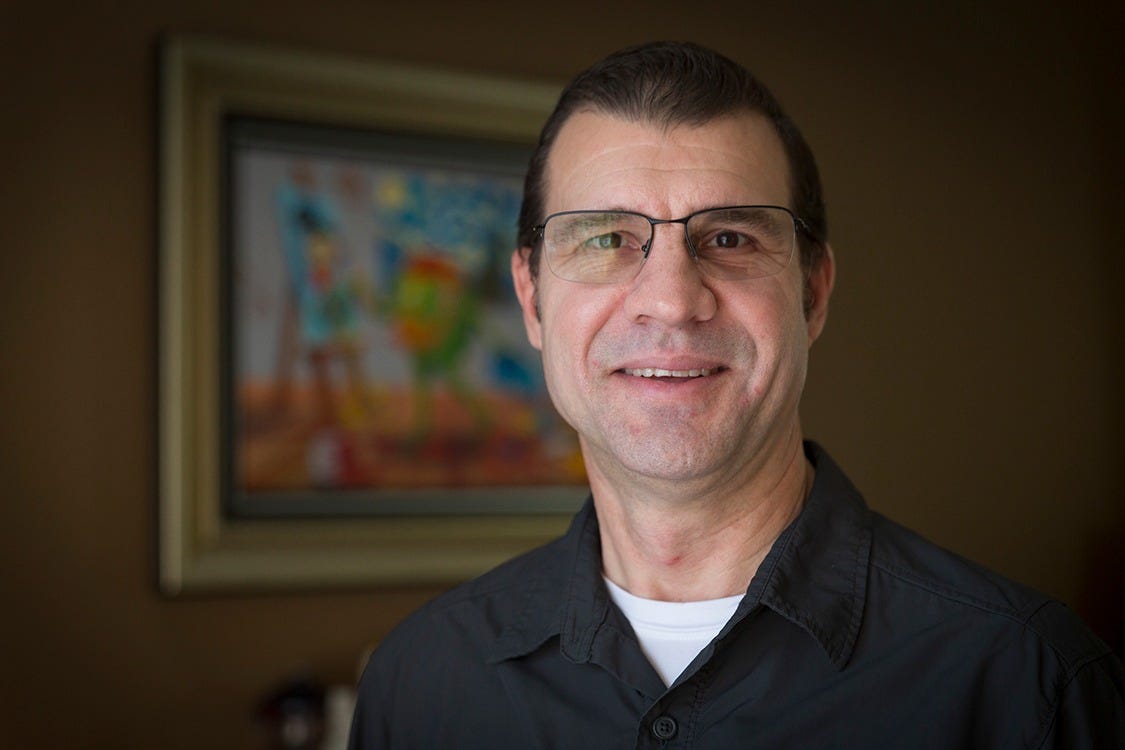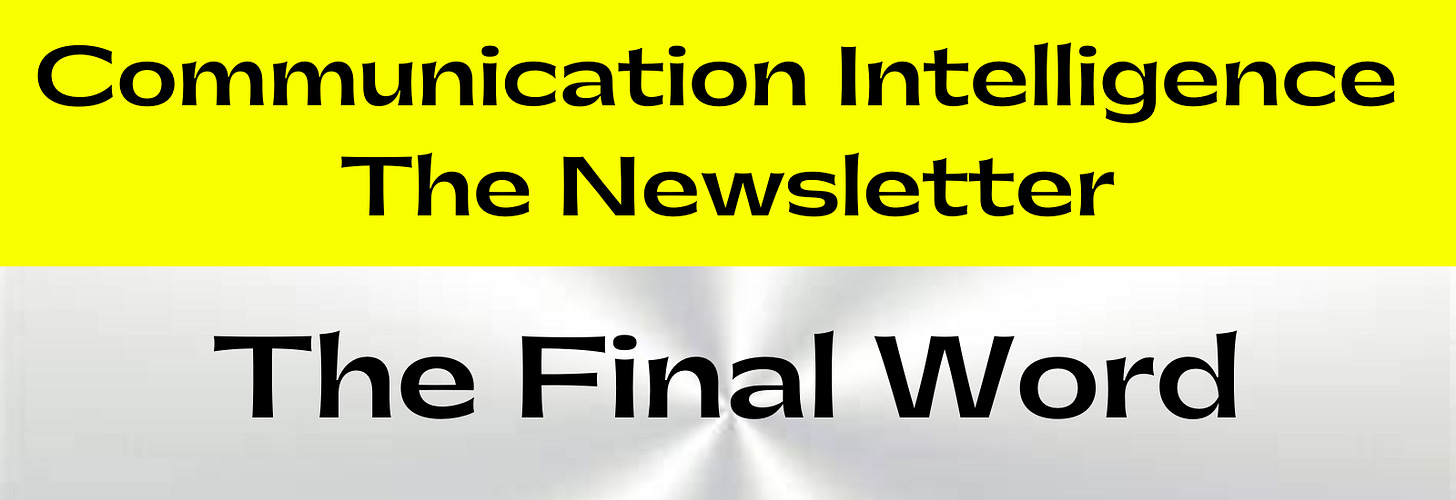'There's Nothing I Can Do'
How to successfully work through that emotional mindset
Emotions can lie and they do, regardless of whether we feel frustrated and hopeless or we’re triggered and acting stubbornly. Either way, communicating to ourselves or others, that “There’s nothing I can do” or “There’s nothing we can do” is often untrue.
There are times where that is factual reality yet they are far less common than there clearly being something that can be done with existing useful choices.
As Bas Frenson, the CEO of Eco MatchMaker puts it, “Shifting the perspective from ‘We can’t do anything’ to ‘What can we do within our power?’ is a great way to assess the resources at hand and put together a solid action plan.”
This change of thought can drive curious, intelligent and confident thinking and reveal ideas, plans and implementation that can positively impact a situation.
“This is a powerful reframe,” says Gabrielle Morse, a licensed mental health counselor at Gabrielle Morse Psychotherapy. “The first thought, ‘there's nothing I can do,’ creates a sense of powerlessness and helplessness. It is fixed.
“The reframed thought, ‘what can we do within our power’ shifts the focus to what is within our control. It is a great way to feel unstuck. Focusing on ‘our power’ creates a sense of agency and possibility. When we shift focus away from problems and towards solutions, we can access our creativity.”
“This mindset reinforces feelings of helplessness and frustration, making it harder to see solutions,” says Adam Wick, a licensed alcohol and drug counselor supervisor, licensed professional counselor and therapist and owner at Vital Mental Health.
“Shifting to a proactive question like ‘What can I do?’ breaks this negative cycle and opens up possibilities. It encourages us to focus on our abilities and resources, sparking creativity and empowering problem-solving.
“By looking for what we can control, we build resilience and confidence, preparing us to handle future challenges better. This shift promotes taking action, even small steps, which can lead to progress and a sense of achievement, creating a positive feedback loop.”
We do not want to unknowingly program our minds in a way that leads us down figurative roads where the doubts result in what we don’t really want.
The “‘We can't do anything’ mindset can lead to self-fulfilling prophecies that keep you stuck,” says Amber Creamer, a licensed psychotherapist and the founder and CEO of Hello Life Counseling Collective, a virtual private practice.
“For us to move in a positive or new direction we have to believe that we can do so in the first place,” she adds. “Shifting our thinking in this way has to be grounded in the reality of what is possible. This will help to build up the motivation needed to keep moving forward.”
It is possible to learn to think about and practice persistence and expand our creativity.
“I am an IT project manager in my day-to-day job,” says Dennis Kreba, who is additionally a wellness and sobriety advocate, blogger and author. “People bring me problems to assess and fires to put out. “I always ask them first, if they don't volunteer anything, ‘What are some possible solutions?’ It's only a problem if there are no solutions, otherwise, it's a decision point. And I can deal with decisions.
“I compare this type of thinking to gratefulness. Gratefulness changes our brain to focus on the positive. At times in our lives, it's hard to see the positive in life. If you just focus on the negative, that's what you'll see.
“Similarly, if I can shift my focus from ‘I can't do anything’ to ‘What can be done’ — I am suddenly looking for solutions instead of focusing on the problem. And by doing that, I can view the problem in a more positive way.
“If you only see the dark tunnel, then you are stuck in the problem. But if you can see the light at the end of the tunnel, you see the light. You see a way out.”
Perceptions almost always seem real. One coach pushes back a little.
“I believe there is no such thing as 'there is nothing I can do,’” says Tehminé Grigorian, life coach, author, and motivational speaker at Tehminé Coaching. “We can always do something about a situation, circumstances or even for someone.
“We can agree to see things from a different perception… and understanding of a situation will give us the possibility of opening our minds and see things differently.”
She elaborates on her different viewpoint of the topic.
“Doing something does not necessarily require only material help or service. Let's not confuse these two things,” Grigorian says. “Being there for one another, being present with an open heart is the most beautiful thing that we can do.”
It’s important to learn what specifically is often the cause of us thinking that there are no positive ways forward.
“One explanation is learned helplessness,” Morse points out. “Sometimes people may develop a sense of learned helplessness due to past events in which they felt powerless. They may stop trying because they don't believe their actions will make a difference.
“Another explanation could be overwhelm. When in distress, people may feel overwhelmed and lack coping skills to manage this feeling. It can be hard to see a clear path forward. This can feel paralyzing, leading them to shut down.”
It’s a point about Wick agrees.
“Stress, anxiety and fear can cloud our judgment, making it hard to see any potential solutions,” he reveals. “By recognizing and challenging these negative thoughts, we can start to shift our perspective and open up to the possibility of positive change.”
Not everyone knows or at least remembers the default emotional state of our brain.
“Our mind is wired towards a negativity bias and we have to work hard to focus on positive things,” Creamer says. “When negative thoughts come automatically and positive thoughts take intentionality to nurture, it can be difficult to actively reframe our thoughts to shape the way that we feel.”
“There could be many causes, It could be childhood trauma, a bad experience, fear, anxiety. It could come from an act of society,” says Grigorian.
“Thinking negatively or thinking that one cannot do anything are limiting beliefs. I believe that no one is born with negative thinking,” she adds. “When we grow up in a household where we observe only negative thinking, that becomes our 'normal.'
“We don’t even realize that our thoughts are negative. So we cannot change a situation if we are not aware of it. If we want to change our limiting beliefs or negative thinking, we should first accept and agree that our thoughts are negative, then we must agree to change them.”
Kreba points to something else that he asserts is also true in some instances when it’s been communicated to you that nothing can be done.
“I think the main cause is that a person doesn't feel ownership for the problem. If this is the case, then they are likely to lob the problem over the net to someone else,” Kreba says.
“A person like this might be too busy to address the problem or think that someone else is better qualified to solve the problem. They may not see the issue as priority for them. Or they might be too lazy to think about it. Regardless, the response is usually ‘That's not my problem.’”
He says that not all people are equally skilled or motivated to find answers.
“In my line of work, it seems that some people are critical thinkers and they can work their way through a problem by identifying solutions. There are others that seem to lack the knowledge or the skillset to find solutions.”
The way forward…
“We can practice cognitive flexibility and growth mindsets,“ Morse says. “We can try to improve our resilience and ability to adapt. We can work on accepting discomfort. Sometimes people lack resilience because at a young age, their parents intervened before letting them face a challenge.”
“It helps to think about the facts of the situation,” Creamer recommends. “We often get swept up in the ‘what ifs’ and venture into the worst-case scenario. It can be helpful to ask yourself ‘What do I know to be true about this situation?’ ‘What do I have control over?’ or ‘What impact am I able to make with the resources that are available to me right now?’”
“These questions,” she says, “can help you focus on what is possible and what needs to be set aside or not focused on, immediately. The other piece is learning to trust yourself and the efforts that you have put in. Set realistic expectations based on the situation so that you can rest in the fact that you have done all that you can.”
“Pause and reflect,” Wick advises. “When you catch yourself saying, ‘There's nothing I can do,’ pause. Take a deep breath and ask yourself, ‘Is this really true?’
“List your options: Write down all possible actions, no matter how small or insignificant they may seem.
“Seek Support: Talk to friends, family or a mentor who can provide a different perspective and help you see possibilities.
“Set Small Goals: Break down tasks into manageable steps. Achieving these small goals can build momentum and confidence.
“By shifting our perspective from focusing on limitations to exploring possibilities,” Wick reminds us, “we open ourselves up to clearer thinking, more choices and effective action.
“It’s a powerful way to move from feeling stuck to feeling empowered, and it’s something we can all practice in our daily lives.”
Thank you for reading this issue.
To receive new posts of Communication Intelligence, the Newsletter and support this work, please consider becoming a free or paid subscriber.
Advertising Updated: Contact me at comm.intel.newsletter@gmail.com about communicating your business value offering for $400 for a large, prominent, attractive color ad in one issue, $700 for an ad in two issues or $2,000 for a color ad placement in every new article for one month (usually six-to-eight issues).









